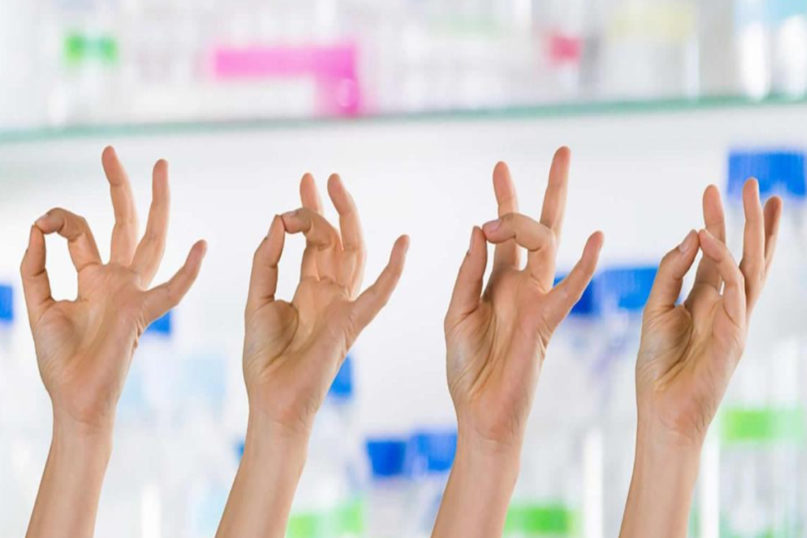
Our fine motor skills such – grasping – are steered by the red nucleus, an area of the midbrain. The image is credited to University of Basel, Biozentrum.
Investigators has identified a population of neurons in a particular area of the ‘midbrain’, called the red nucleus, that changes when fine motor skills are learned.
The moment we train our brain to reach for and grasping different objects, we are also training our brain. In other words, this action brings some changes in the connections of a specific neuronal population in the red nucleus – region of the midbrain. Scientists at the University of Basel’s Biozentrum have discovered this group of nerve cells in the red nucleus. They have also demonstrated how fine motor tasks promote ‘plastic reorganization’ of this brain region.
For example, simply grasping a coffee tea needs fine motor coordination with the highest precision. This required performance of the brain is an ability that can also be learned and trained. Scientist Kelly Tan’s, of the University of Basel, has investigated the red nucleus – a region of the midbrain that controls fine motor movement – and identified a new population of nerve cells which changes when fine motor coordination is trained. The more frequently that grasping is practiced, the more the connections between the neurons of this group of nerve cells are strengthened.
The red nucleus is a little investigated region of the brain
Grasping, which is a skill, can be trained and improved, even in adults. For muscles to perform a movement correctly, brain commands must be transmitted through the spine cord. The red nucleus, which, over the years, has received little observation in brain research, playing an important role in fine motor coordination. Here the brain learns new fine motor skills for grasping and stores what it has learned.
Kelly Tan’s group has now investigated the red nucleus in more detail in the mouse model and analyzed its structure and neuronal composition. “We have found that this brain region is very heterogeneous and consists of different neuron populations,” says Giorgio Rizzi, first author of the study.
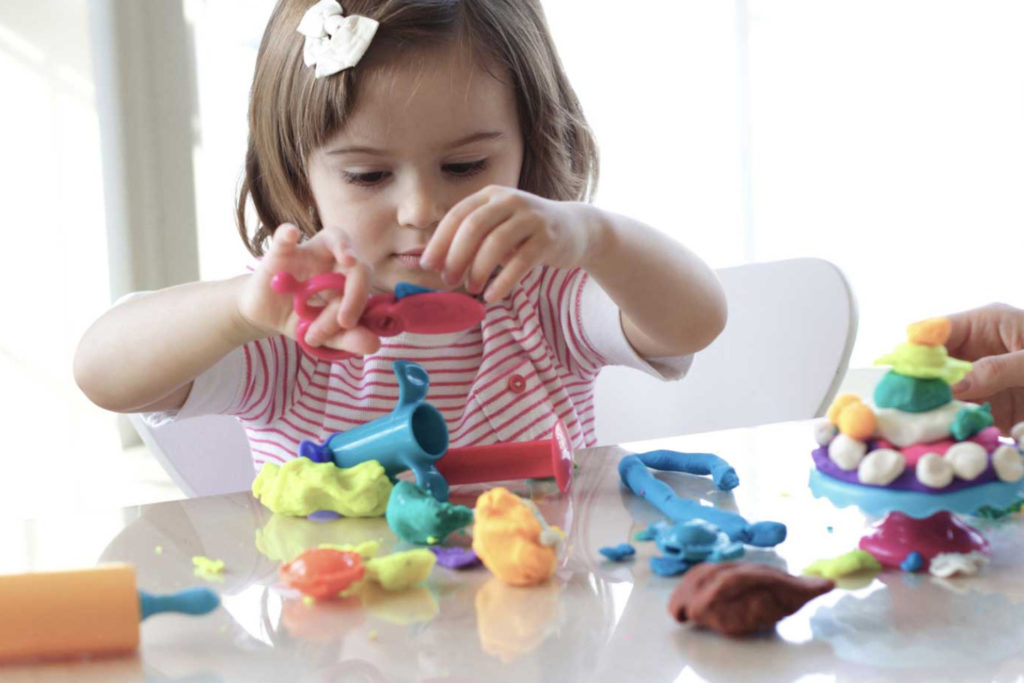
Improving fine motor skills through plastic changes in the brain
The investigators team has characterized one of these neuron populations and demonstrated that learning new grasping movements strengthens the connections between the individual neurons. “When we learn new fine motor skills, the coordination of this specific movement is optimized and stored in the brain as a code,” says Tan. “Thus, we have been able to also demonstrate extend neuroplasticity in the red nucleus.”
On the next step, the team now wants to investigate the stability of these strengthened nerve cell connections in the red nucleus and find out to what extent they regress when the learned fine motor movements are not practiced. The results could also provide new insights into the understanding of Parkinson’s decease, in which affected individuals suffer from motor disorders. The team hopes to detect whether the neuronal connections in the red nucleus have also changed in these patients and, what extent fine motor training can re-strengthen the neuronal network.
Source: University of Basel


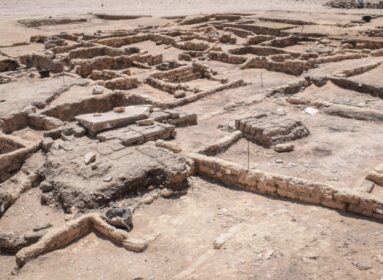
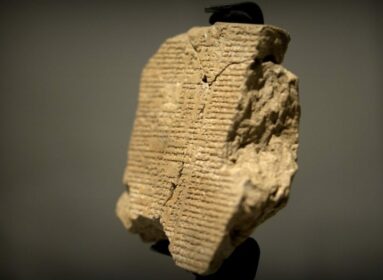
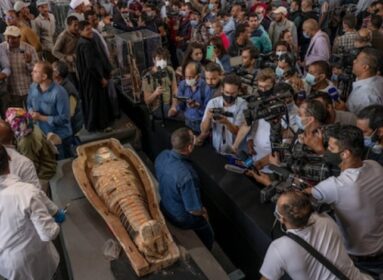
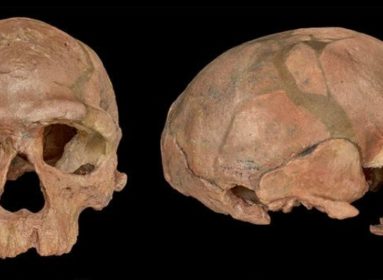


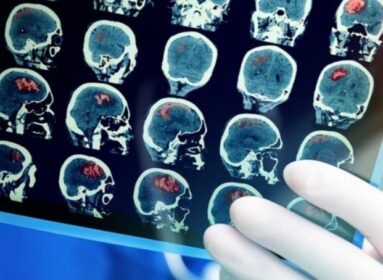



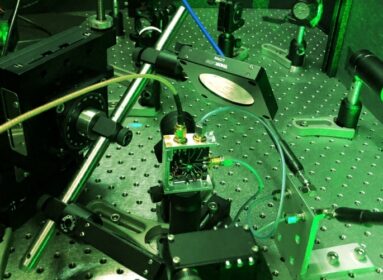
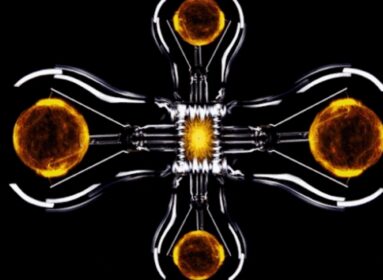
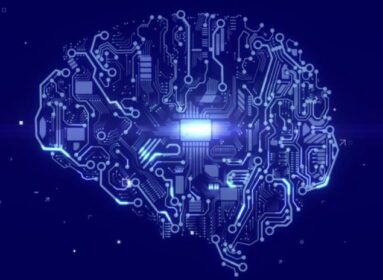
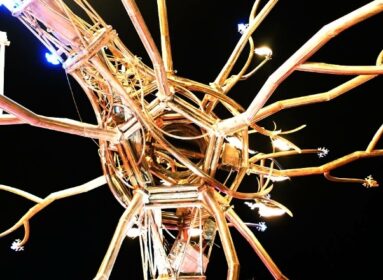

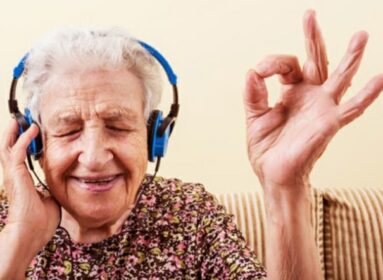
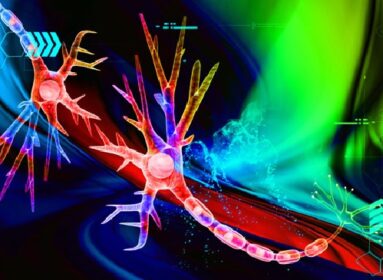
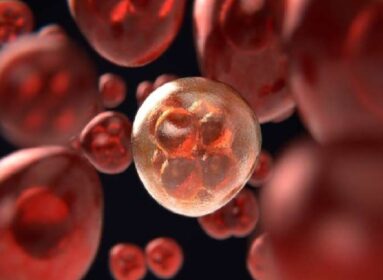
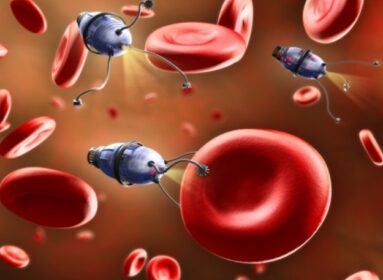


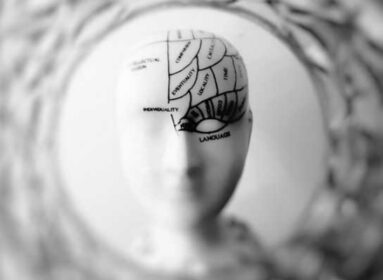


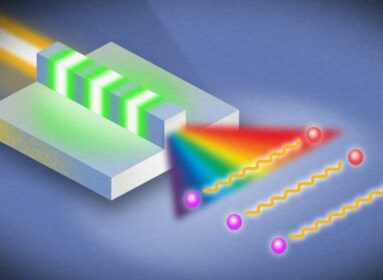





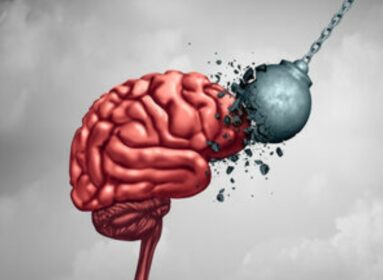
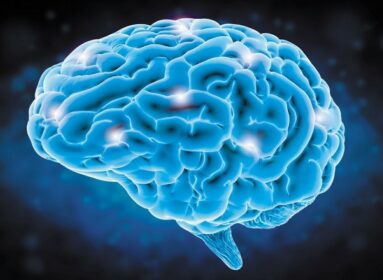



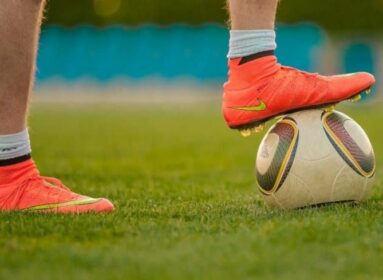
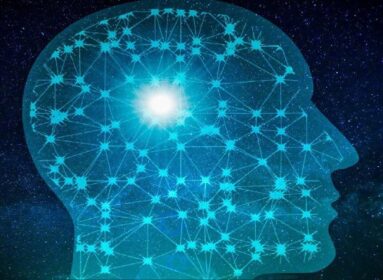
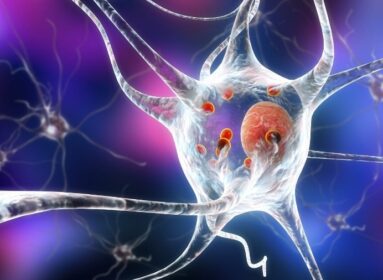

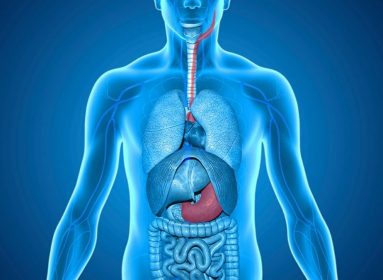

























Comments are closed.